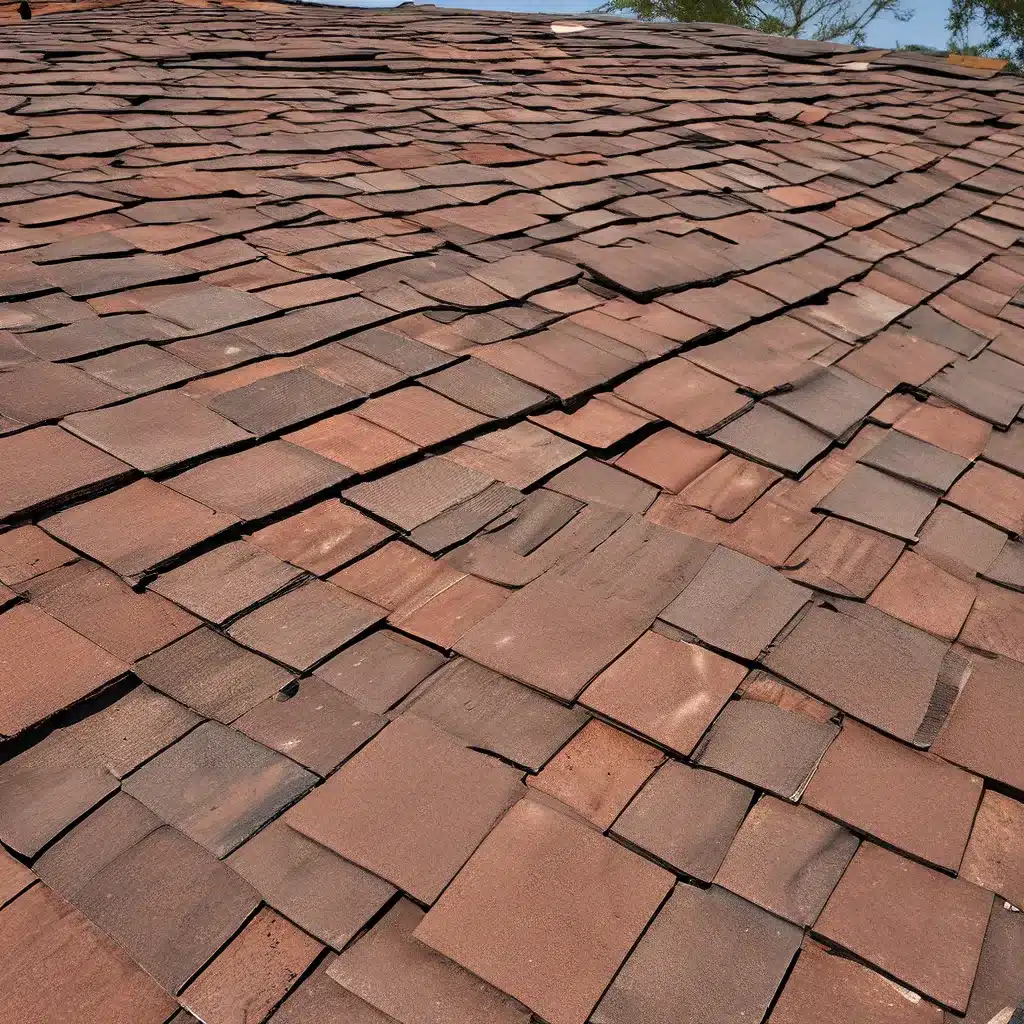
As someone who’s been through the whirlwind of moving homes a few times, I can tell you that roof replacement is a critical yet often overlooked part of the process. It’s easy to get swept up in the excitement of a new space and forget about the nitty-gritty details. But trust me, taking the time to create a comprehensive roof replacement checklist can make all the difference in ensuring a smooth and stress-free transition.
Assessing the Roof: The First Step
Before diving headfirst into your roof replacement project, it’s crucial to conduct a thorough assessment of your new home’s roofing system. This should be one of the first things you do when visiting your potential new abode, even before the big move.
During your initial walkthrough, take note of the roof’s condition, age, and any visible signs of wear and tear. Is the roof curling, cracked, or missing shingles? Do you spot signs of water damage or leaks? These are all red flags that may require immediate attention.
Don’t hesitate to schedule a professional roof inspection as well. A trained eye can identify issues you might have missed and provide valuable insights into the overall health of your roof.
Understanding Your Roof’s Lifespan
Once you’ve assessed the current state of your roof, it’s time to start thinking about its lifespan. Different roofing materials have varying life expectancies, and this information can help you plan for future replacements.
For example, asphalt shingles typically last 15-30 years, while metal roofs can endure for 40-70 years. Knowing the age and material of your new roof can give you a better sense of when you might need to tackle that project again.
If the roof is nearing the end of its lifespan, it’s wise to factor in roof replacement costs as part of your overall moving budget. This way, you can avoid any unpleasant surprises down the line.
Choosing the Right Roofing Material
When it comes time to replace your roof, you’ll have a variety of materials to choose from, each with its own set of pros and cons. Asphalt shingles, metal, tile, and slate are some of the most common options, and the decision often comes down to factors like budget, aesthetics, and energy efficiency.
Asphalt shingles are a popular choice for their affordability and relatively easy installation, but they may not be as durable as other options. Metal roofs, on the other hand, are known for their longevity and resistance to fire and weather, but they can be more expensive upfront.
Ultimately, the right roofing material for your home will depend on your unique needs and preferences. Don’t be afraid to consult with a trusted roofing contractor to explore the various options and make an informed decision.
Navigating the Roof Replacement Process
Once you’ve selected the perfect roofing material, it’s time to dive into the nitty-gritty of the replacement process. This can be a complex undertaking, but with a little planning and preparation, you can ensure a seamless transition.
Start by securing the necessary permits and paperwork required in your area. This may involve coordination with your local building department or homeowners association. Failing to obtain the proper permits can lead to fines or even legal issues down the line, so it’s best to address this early on.
Next, schedule the roof replacement with a reputable contractor. Be sure to get multiple quotes and do your research to find a trustworthy and experienced team. Communication is key during this process, so don’t hesitate to ask questions and stay informed every step of the way.
As the work begins, be mindful of the potential disruptions to your daily life. Roof replacement can be a noisy and messy endeavor, so it’s a good idea to plan accordingly. Make arrangements for pets and children, and be prepared to accommodate any temporary power or water interruptions.
Maintaining Your New Roof
Once your new roof is installed, the work isn’t quite done. Proper maintenance is crucial to ensuring its longevity and keeping your home protected.
Establish a regular inspection and cleaning routine, checking for any signs of damage or wear and tear. It’s also a good idea to clear your roof and gutters of leaves, debris, and ice buildup to prevent leaks and other issues.
If you notice any problems, don’t hesitate to address them promptly. A small repair can often prevent a much larger and more costly issue down the line. And remember, your roofing contractor should be a valuable resource for any questions or concerns you may have.
Embracing the Transition
Embarking on a roof replacement project during a move can seem daunting, but with the right plan in place, it can be a seamless and even exciting part of the process. By staying organized, communicating with your contractor, and maintaining your new roof, you can ensure that your home is safe, secure, and ready for you to create new memories.
As you settle into your new abode, remember to take a moment to appreciate the hard work and planning that went into getting you here. The journey of turning a house into a home is full of surprises, challenges, and ultimately, immense satisfaction. Embrace the process, and don’t be afraid to ask for help when you need it. After all, that’s what moving checklists and roofing experts are for!
If you’re in the market for a new roof, be sure to explore the options and services offered by Southern Roofing Company. Their team of experts can guide you through the entire process, from assessment to installation, ensuring a stress-free and successful roof replacement experience.